Baseball History Comes Alive Now Ranked #2 by Feedspot Among All Internet Baseball History Websites and Blogs!
Guest Submissions from Our Readers Always Welcome!
Scroll Down to Read Today’s Essay
Subscribe to Baseball History Comes Alive for automatic updates. As a Free Bonus, you’ll get instant access to my Special Report: Gary’s Handy Dandy World Series Reference Guide!
Billy Pierce Photo Gallery
Click on any image below to see photos in full size and to start Photo Gallery:
Another Edition of Baseball’s Forgotten Stars:
Billy Pierce
“That little so-and-so is a marvel. So little – and all that speed. And I mean speed! He once got me out of there on a fastball in the ninth that I’d have needed a telescope to see.” -Joe DiMaggio , speaking of Billy Pierce
In looking over the National Pastime This Day in Baseball History website, I came across this gem of a deal that occurred 74 years ago today. It has to be one of—if not the best—in White Sox history:
On November 10, 1948, the White Sox acquire left-hander Billy Pierce and $10,000 from the Tigers for All-Star catcher Aaron Robinson. The 21-year-old southpaw will win 186 games for Chicago during his 13-year tenure with the Windy City club, while the All-Star backstop will play less than three seasons in the Motor City.
What a career the highly underrated, often overlooked Billy Pierce went on to have, including one day in 1958 when he flirted with the history books:
Billy’s Nearly Perfect
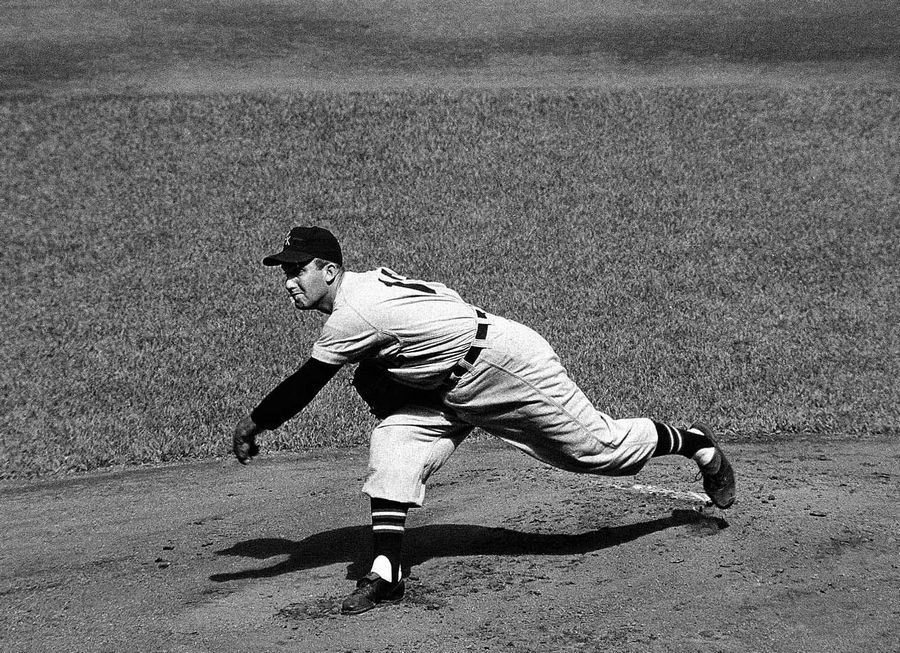
On June 27, 1958, in a game between the White Sox and Senators at Comiskey Park, the 5’10”, 160-pound lefty was just one out away from recording the first Perfect Game by a southpaw since little-known Lee Richmond did it all the way back in baseball’s dark ages, 1880. In addition, there had been only one lefty no-hitter between 1931 and 1962, that by Mel Parnell in 1956.
A weak double down the right field line by pinch-hitter Ed Fitzgerald kept Pierce out of the record books. The 31-year-old Detroit native then retired Albie Pearson on a three-pitch strikeout to settle for a 3-0 one-hit victory over the Senators.
Although obviously disappointed by the near miss, Pierce summed up the night in his usual modest manner, praising his teammates for their defensive glove work, and added:
“Give Luis [Aparicio] plenty of credit. And Sherm [Lollar] really mixed ’em up beautifully. The big thing is that we won.”
Billy’s Outstanding Career
Billy Pierce played 18 seasons in the major leagues. Although he’s best remembered for his 13 years with the White Sox (1949-1961), he also pitched for the Tigers (1945, 1948), and the Giants (1962-1964).
Over his career, Pierce went 211-169 (.555), with a 3.27 ERA, 1,999 strikeouts, 193 complete games, and 38 shutouts. He was a seven-time All-Star with back-to-back 20-win seasons in 1956-57. He was a member of three pennant winners (1945, 1959, 1962), and one World Series champion (1945). His 20 wins in 1957 led the American League, and he led the major leagues with a 1.37 ERA in 1955. He posted an American League-best 186 strikeouts in 1953, and led the league in complete games in three consecutive years (1956, 57, 58), the last player to do so. Pierce threw four one-hitters, and seven two-hitters. He ranks in the Sox’ top five all-time in strikeouts (1,796), shutouts (35), starts (391), and wins (195).
1959 World Series: Controversy
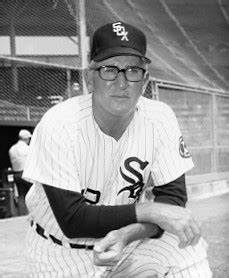
There has always been controversy about why White Sox manager Al Lopez didn’t start Pierce in the 1959 World Series. Reading this remark from teammate Al Smith, there seems to be more to the story than just a baseball decision. I’ve never heard a good explanation. Maybe some of our readers can shed some light on what Al Smith meant by this cryptic remark:
We all knew why Al López didn’t pitch him, but we never told anyone and I won’t say now. I will say that I thought he should have pitched. He’d been pitching all year, hadn’t he?
One of the Best Lefties Of All Time
Among left-handers, Pierce ranks near the top all-time. His 1,999 career strikeouts were the fifth most by a left-hander when he retired, and his American League total of 1,842 ranked ninth in league history. He also ranked tenth among left-handers in career wins (211), sixth in games started (432) and games pitched (585), eighth in shutouts (38), and ninth in innings pitched (3,306).
In 1962, Pierce played a pivotal role in helping the Giants win the National League pennant, going 12–0 in home games and getting a three-hit shutout and a save in a three-game tie-breaker against the Dodgers to clinch the title.
After his baseball career ended in 1964, Pierce spent 46 years as a committee member of the Chicago Baseball Cancer Charities, serving as president for 20 years. Billy was selected to the Chicago White Sox All-Century Team and received The Sporting News Pitcher of the Year Award for 1956 and 1957. His #19 has been retired by the White Sox and a statue of him was unveiled at U.S. Cellular Field in 2007.
So today we’re glad to shine our baseball spotlight on a fine pitcher who never seems to get the credit he deserves for his outstanding career. Does Billy deserve a plaque in the Hall of Fame? You can make the case. His career stats, by the way, are surprisingly similar to Don Drysdale’s.
Billy passed away on July 31, 2015, aged 88, in Palos Heights, Illinois, survived by Gloria, his wife of 65 years.
Gary Livacari
Subscribe to our website, “Baseball History Comes Alive!” with over 1200 fully categorized baseball essays and photo galleries, now closing in on the one million hits mark with 889K hits and over 700 subscribers: www.baseballhistorycomesalive.com
Information: Excerpts and quotes edited from the Billy Piece Wikipedia page
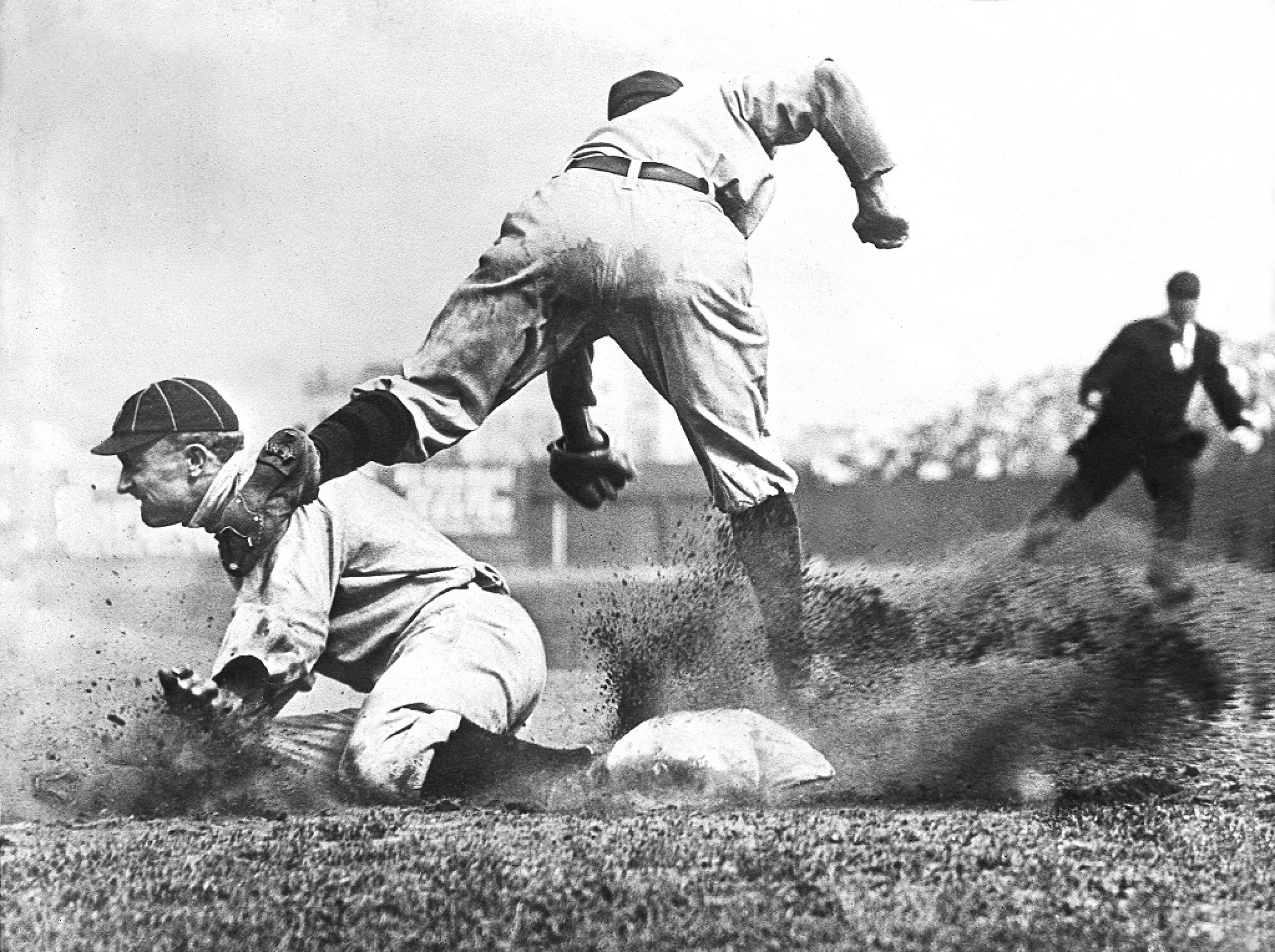
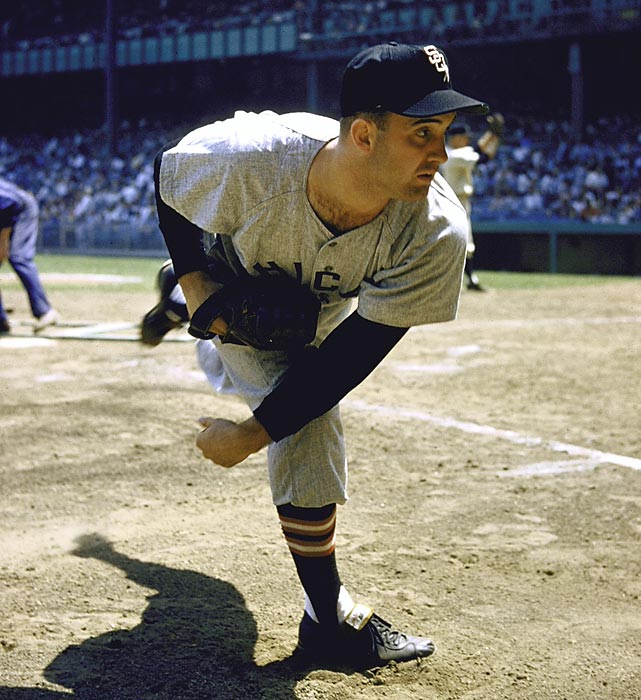
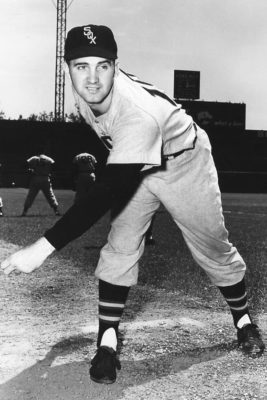
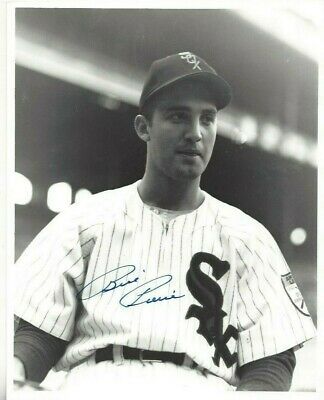
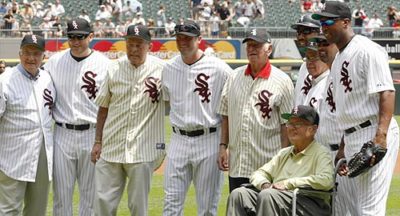
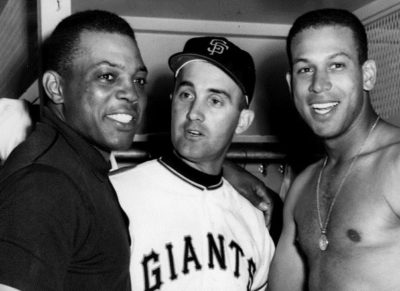
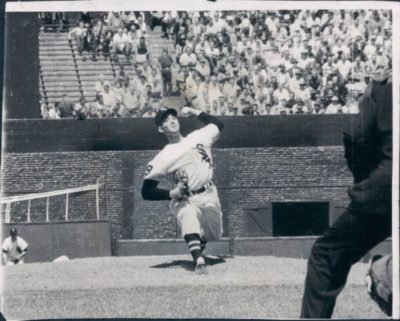
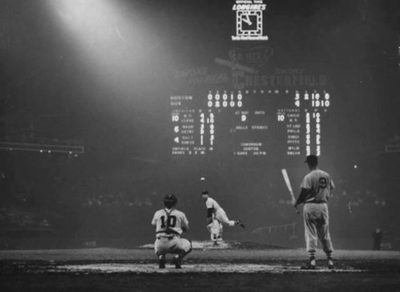
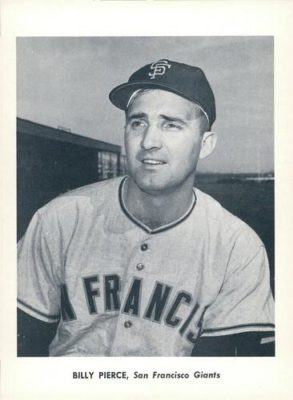
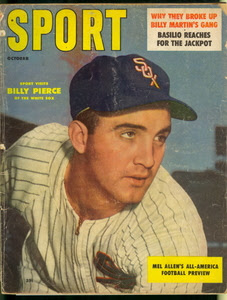
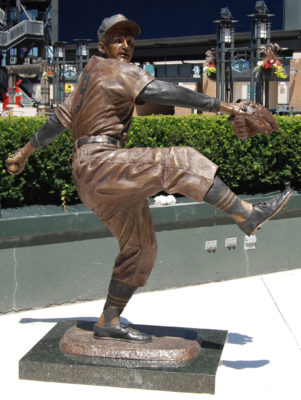
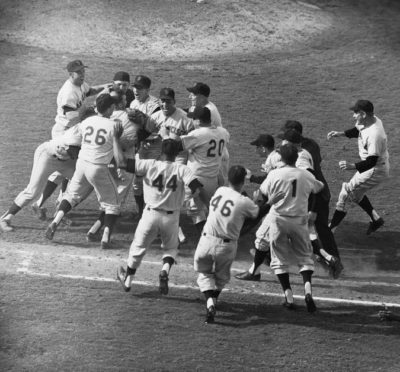
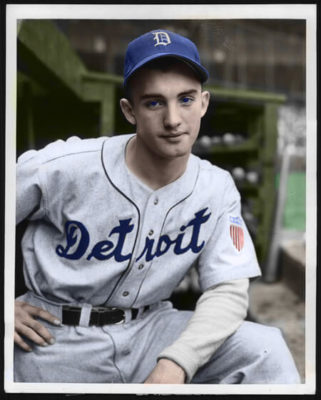
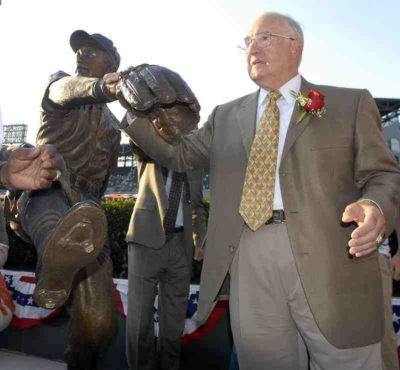
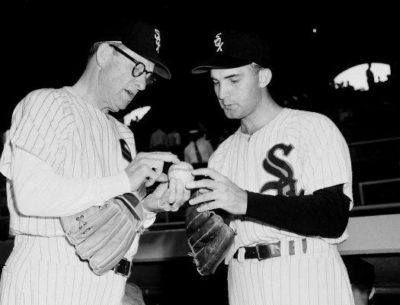
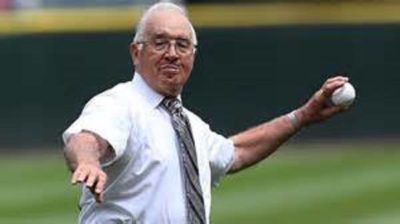
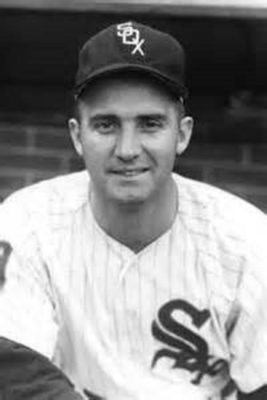
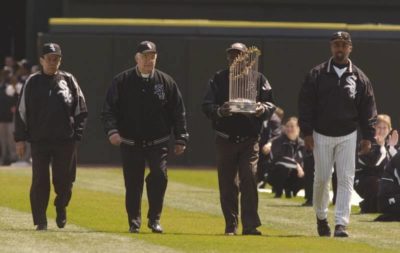
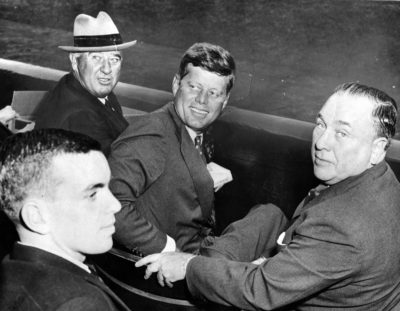
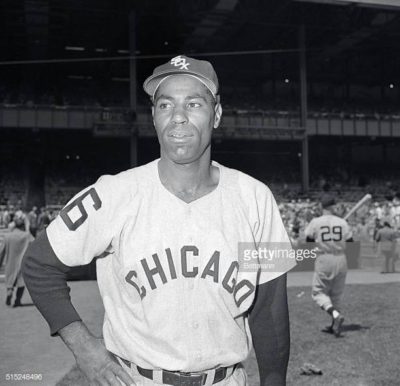
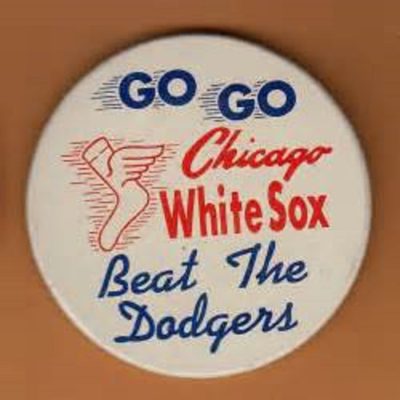
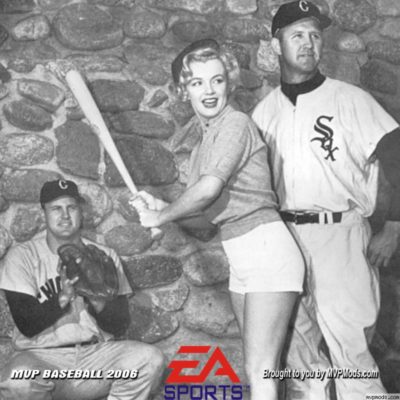
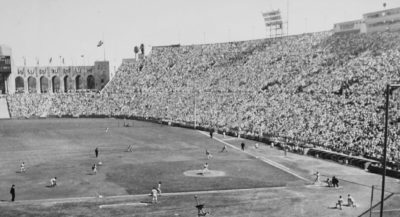
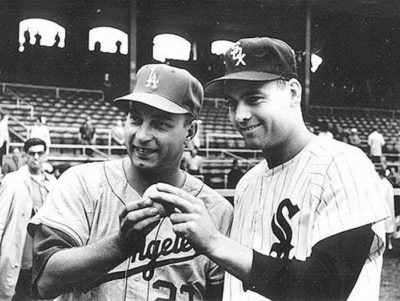
Hi Gary,
This is certainly a supportive and persuasive tribute. Thank you!
We may never get a satisfactory handle on Hall-of-Fame voting, and I’ve stopped trying for the most part; but can we not wonder: “If Drysdale, why not Pierce?” “If Catfish, why not Tiant?” “If Tony Perez, why not Dewey Evans?” And right on down the daisy chain.
There has to be a line of distinction somewhere between the worthy and the unworthy, of course, but where, and why, do the sharpies who get to vote on these things actually draw it?
Oh well. If nothing else, these imponderables help to make your great blog all the more intriguing. Please keep up the great work!
Regards,
Michael
Thanks Michael…You raise some great questions which, unfortunately, don’t have easy answers.
Gary, nice piece on one of my favorite San Francisco Giants players in my childhood. Without Billy Pierce’s brilliant pitching at Candlestick Park, there’s none chance the Giants win the NL pennant in 1962.
I’ve long thought that memories of Pierce’s brilliant pitching at Candlestick Park in 1962 led Chub Feeney to make the disastrous Orlando Cepeda trade for Ray Sadecki in 1966. With the gales blowing out towards right field at The ‘Stick, the Giants needed a left-handed starter to complement their right-handed aces, Marichal and Perry, to handle power-hitting left-handed batters.
However, Chub picked the wrong lefty on the Cardinals! Baseball history would be much different if Chub had picked Steve ”Lefty” Carleton instead of Sadecki! 😲
Billy Pierce should be in Cooperstown!
Mavo
Thanks Chris, always great to hear from you. I think you hit the nail on the head about that trade. And I agree…BP belongs in the HOF!
I was a ten year Chicago kid and White Sox fan in 1959 and well remember the World Series. As kids, we blamed Lopez and the goofy LA park for the White Sox loss to the Dodgers. Maybe our youthful conclusions weren’t far off! Hard to believe that all the players knew why Lopez didn’t start Pierce and nobody ever revealed the answer, but that was a different era.
Very nice article, Gary. I really enjoyed it.
Thanks a lot, Jay. We were very lucky to be raised in a two-baseball-team town, and those, “Who’s better, Cubs or Sox?” arguments are some of our fondest memories from our youth. Although in the ’50s, there’s no disputing the Sox were light years better, but it seemed the Cubs always got more than they deserved of the PR.
Hello Jay, Gary:
You Windy City fans collected some bragging rights in the ’50s, so don’t sell yourselves short! I remember Hank Sauer, Cubs, N.L. MVP in 1952, and Mr. Cub himself, MVP in ’58 and 59, even though in all three of those years the Cubbies finished well out of the money.
Of course in ’59 as well, the Sox could boast of MVP Nellie Fox, and the majors’ Cy Young Award winner, Early Wynn. Almost forgot Luis Aparicio and his A.L. rookie-of-the-year honors in ’56. (Didn’t Doby, Kell, and Minoso play for the White Sox at various times in the ’50s?)
Seriously! The two of you ought to do a retrospective on these Chicago teams in the 1950s. You might surprise everybody, including yourselves.
Thanks again,
Michael
Thanks Michael, you’ve given me a great idea for an essay: “Chicago Baseball in the 1950s from the perspective of a Cub fan and a White Sox fan.” Jay if you see this and want to contribute a paragraph or two (or more), just let me know. I’ll do the “heavy lifting”! I know there’s a lot of Cub fans and White Sox fans who visit the site. Might be fun!
It sure was great to grow up in a two team baseball town! We just took it for granted. The Cubs were beloved, even back then. But nobody thought the Cubs were better than the White Sox.
I loved going to Wrigley Field more than Comiskey Park. It was, and is, a great park to watch baseball. We needed $1.00 for the bus and El train and grandstand seats, coming home with $.06 change! It cost $.15 more to sit in the bleachers back then. We got to see Ernie Banks and all sorts of great NL players from Mays to Musial to Robinson (Jackie and Frank) to Snyder and many others.
The White Sox in the late 50’s were the Go Go Sox. Even as kids, we knew they couldn’t hit but, oh, the speed, defense, and pitching were great. Aparicio and Fox were a team in the field and on offense. Minoso was spectacular everywhere. We hated it when Minoso was traded for Al Smith and missed the 1959 pennant. We were invested emotionally and rose and fell with the team’s fortunes.
WGN broadcast all the home games and some road games so we were always up to date. I still recall watching the Sox clinch the pennant in Cleveland against the team formerly known as the Indians. I had to stay up late (as a ten year old) to see the game.
Great reflections, Jay, that’s perfect…I’ll start putting something together. Thanks!